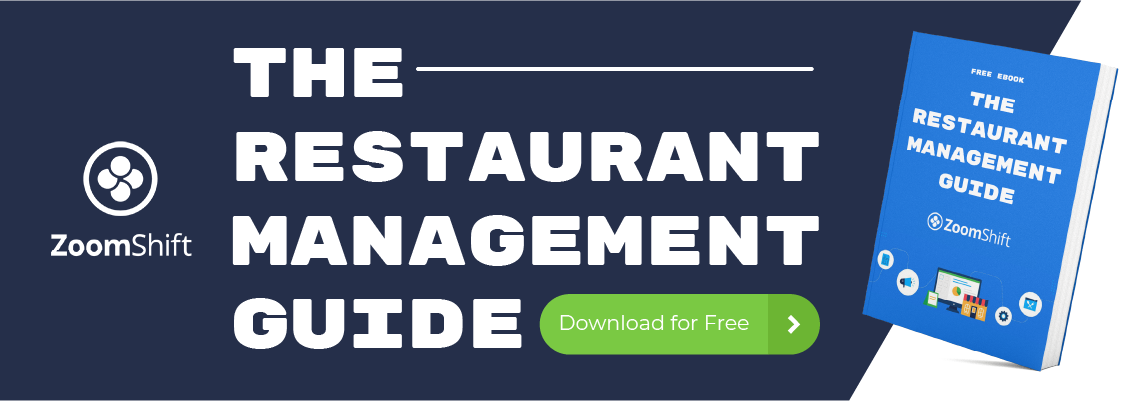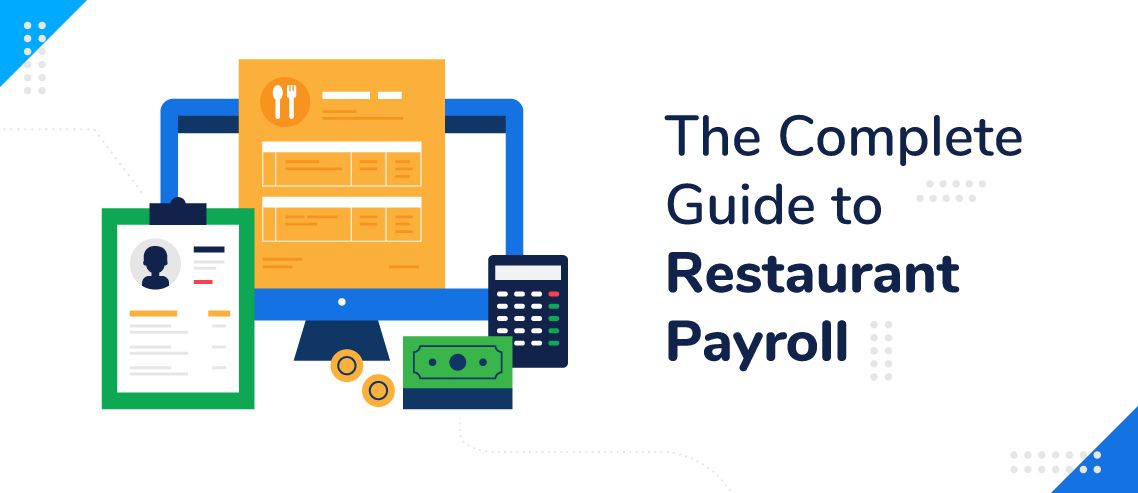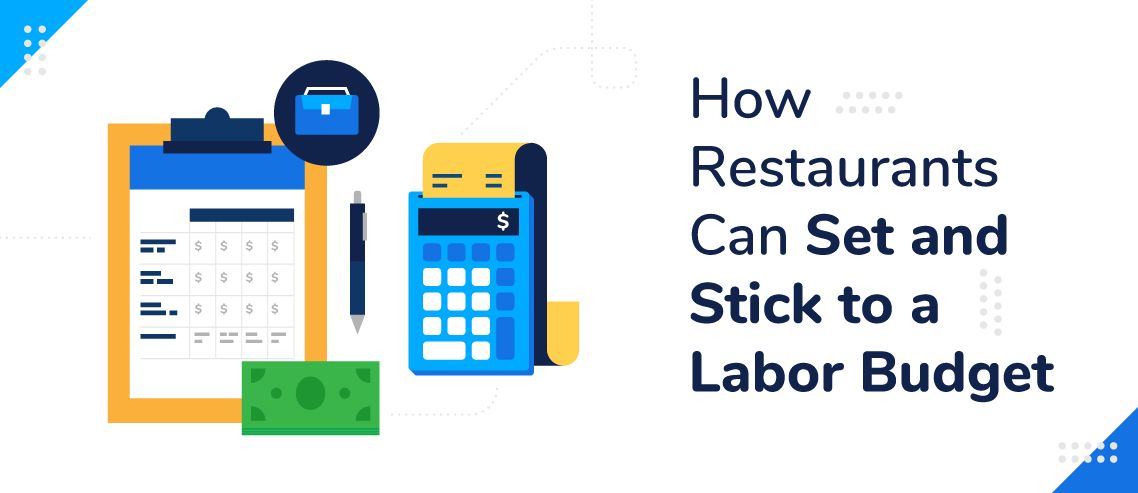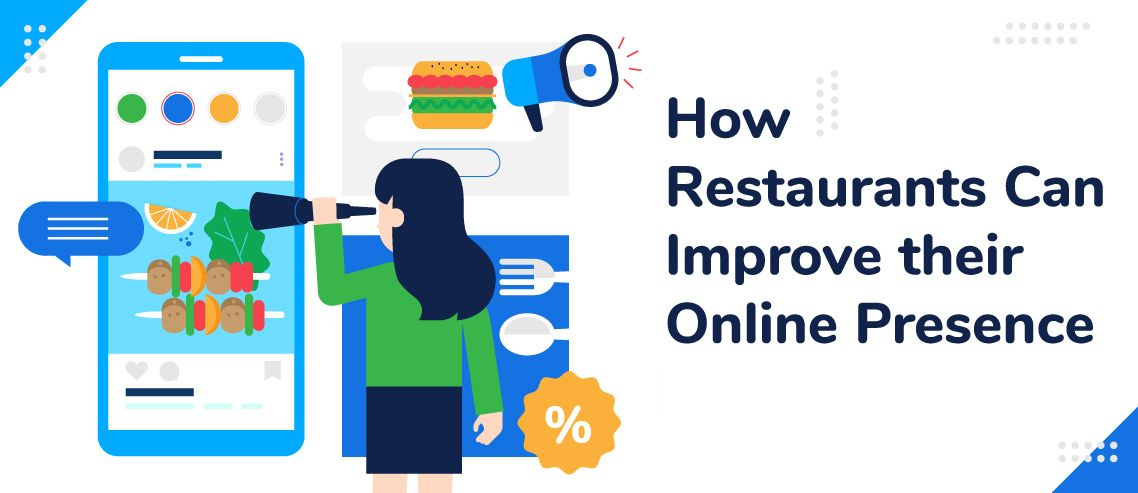Restaurant Expenses: 7 Common Costs to Running a New Location
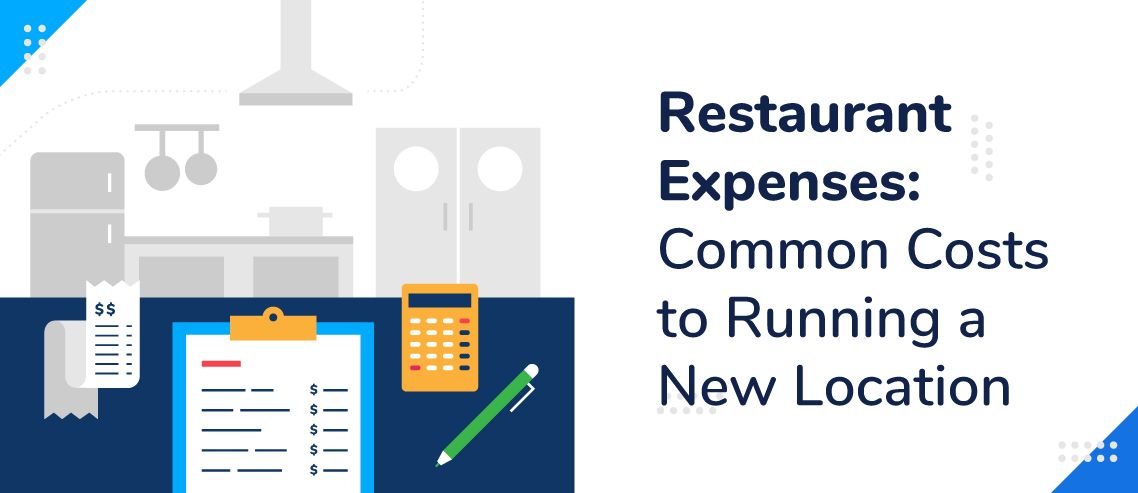
For many, starting a restaurant is a dream come true. If you love cooking and want to turn your passion for food into a small business, there are few better career paths than running your own restaurant.
However, as exciting and rewarding as it may be, it’s also a very expensive endeavor with some high (and often prohibitive) startup costs.
If you’re considering a life as a culinary entrepreneur, it’s important that you learn about the restaurant expenses that you’ll need to stay mindful of. This will help you budget and assess what you’ll need to do to get your business up and running.
Some of the expenses we’ll cover are fairly obvious, but several are easily overlooked. By the end of this guide, you’ll be well prepared to start working out a financial plan to turn your dream into a reality.
Occupancy
The first expense you’ll need to account for is perhaps the most obvious: the cost of the building and land that you’ll be running your restaurant out of.
This category of expenses includes the rent, property taxes, and the cost of utilities for the property. If you plan to buy an existing property straight out or build a new one on vacant land, those costs will fall into this category as well.
Occupancy costs deserve a lot of your attention as these can often be the biggest roadblocks to getting your business started. They will also typically be your highest monthly cost, so you’ll need to make sure you have enough cash flow to cover them.
Labor
Very few – if any – restaurants can manage without hiring some help. Virtually every restaurant will need to hire someone to fill the roles of manager, waiter, busser, cleaning staff, cook, and chef. In most cases, you’ll need to hire at least several waiters and cooks.
After occupancy costs, labor is likely to be one of your biggest expenses. You’ll need to do some careful planning and make a labor forecast to make sure that you don’t over or under hire.
Finding the right balance can take some experimentation. Since the amount of business a restaurant receives often fluctuates by season, you may be able to employ seasonal workers in some cases.
Food and Goods Sold
Without paying for ingredients for the food you’re selling, you wouldn’t be running a restaurant at all. Depending on what type of restaurant you’re starting, these costs can vary significantly.
If it’s a high-end restaurant, you can expect to spend quite a bit on top-shelf ingredients. However, if you’re planning to run a diner, your expenses in this department will likely be a bit lower.
Along with ingredients, you may also need to pay for some pre-made items, like pastries from a local bakery, that you won’t make on-site.
No matter what type of restaurant you’re running, it’s generally a good idea to keep these expenses under one third of your total revenue.
To save money in this area, make sure you have good food waste management, don’t overstock, and consistently look through your menu to eliminate low-performing items.
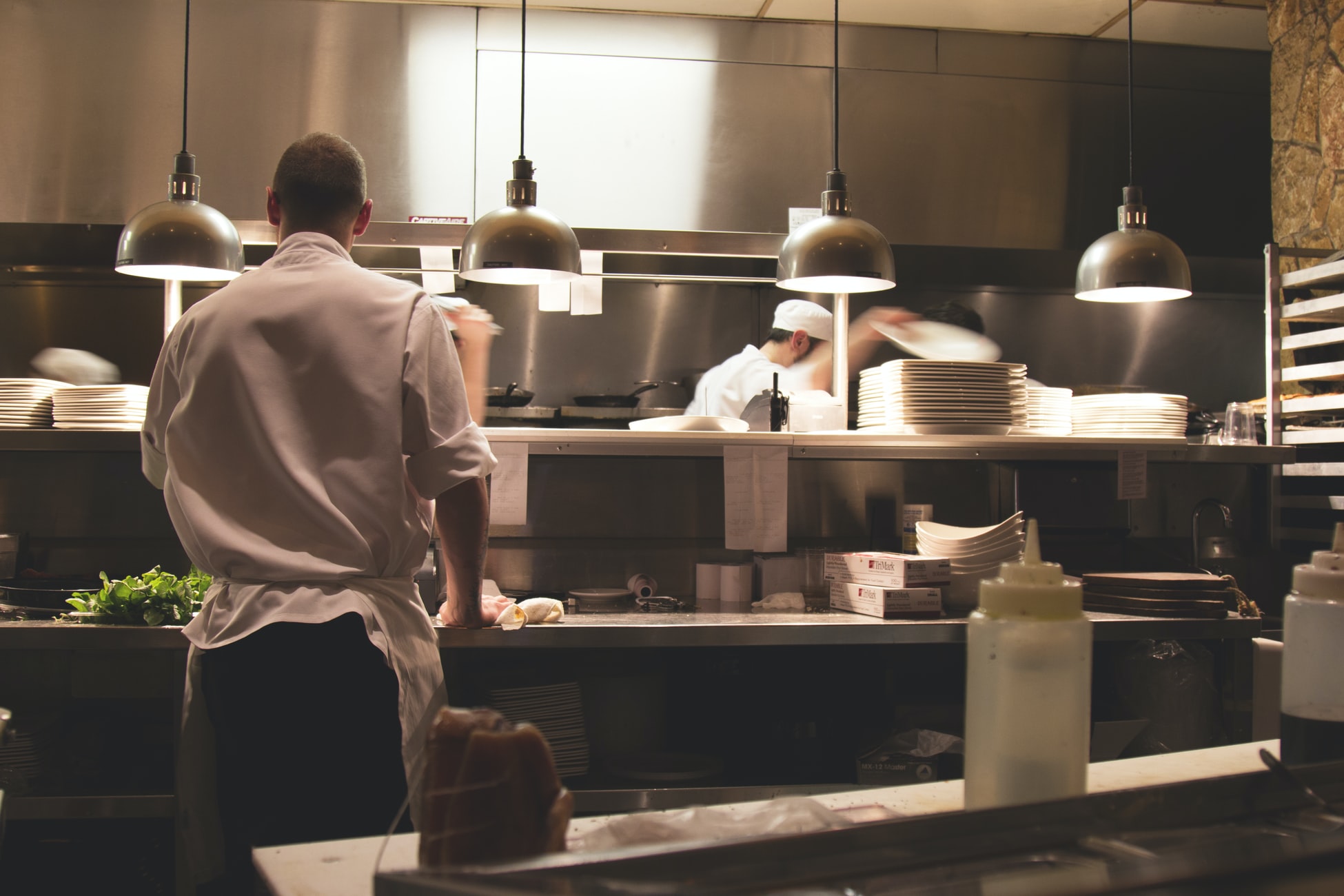
Paper Supplies
Paper supplies are an expense that’s easily overlooked. After all, when you go to a restaurant, you don’t typically consider the cost of the receipts, menus, placemats, and napkins that you’re using. However, the cost of paper supplies can add up quickly, so it’s important to budget for them.
Some items, like menus, will typically be a one-time investment, with some occasional replacements and updates. Others, like napkins and receipt paper, will be repeat expenses as you’ll need to replenish your supply on a regular basis.
Marketing
Restaurant marketing is another necessary expense that is easy to forget. Since it operates fairly behind the scenes, most restaurant goers don’t pay much attention to it.
Depending on your restaurant’s location and your market, you may not need to spend any money on marketing at all – if you have social media experience, you may be able to do it all yourself. Plus, once your restaurant has established itself a bit, most marketing will take place via word of mouth.
That said, at some point, you’ll likely need to invest in ads or perhaps hire a marketing or social media manager. It’s good to budget for this so that you have some funds available if business is slower than you expected.
Software and Technology
Running a restaurant in today’s digital age requires more than just an old-fashioned cash register with a bell – although adding one of those could make for some great decor!
Most restaurants will need to invest in a kitchen display system (KDS) to route orders to the kitchen, a point of sale (POS) platform to accept money, a guest management platform to organize seating, and employee scheduling software to manage employee shifts.
In some cases, these can actually reduce expenditures in other areas. For example, a KDS can reduce the amount of money you’ll spend on paper goods since you’ll no longer need to buy paper pads for waiters.
You may also want to look into other services like Uber Eats, Grubhub, Opentable, and more.
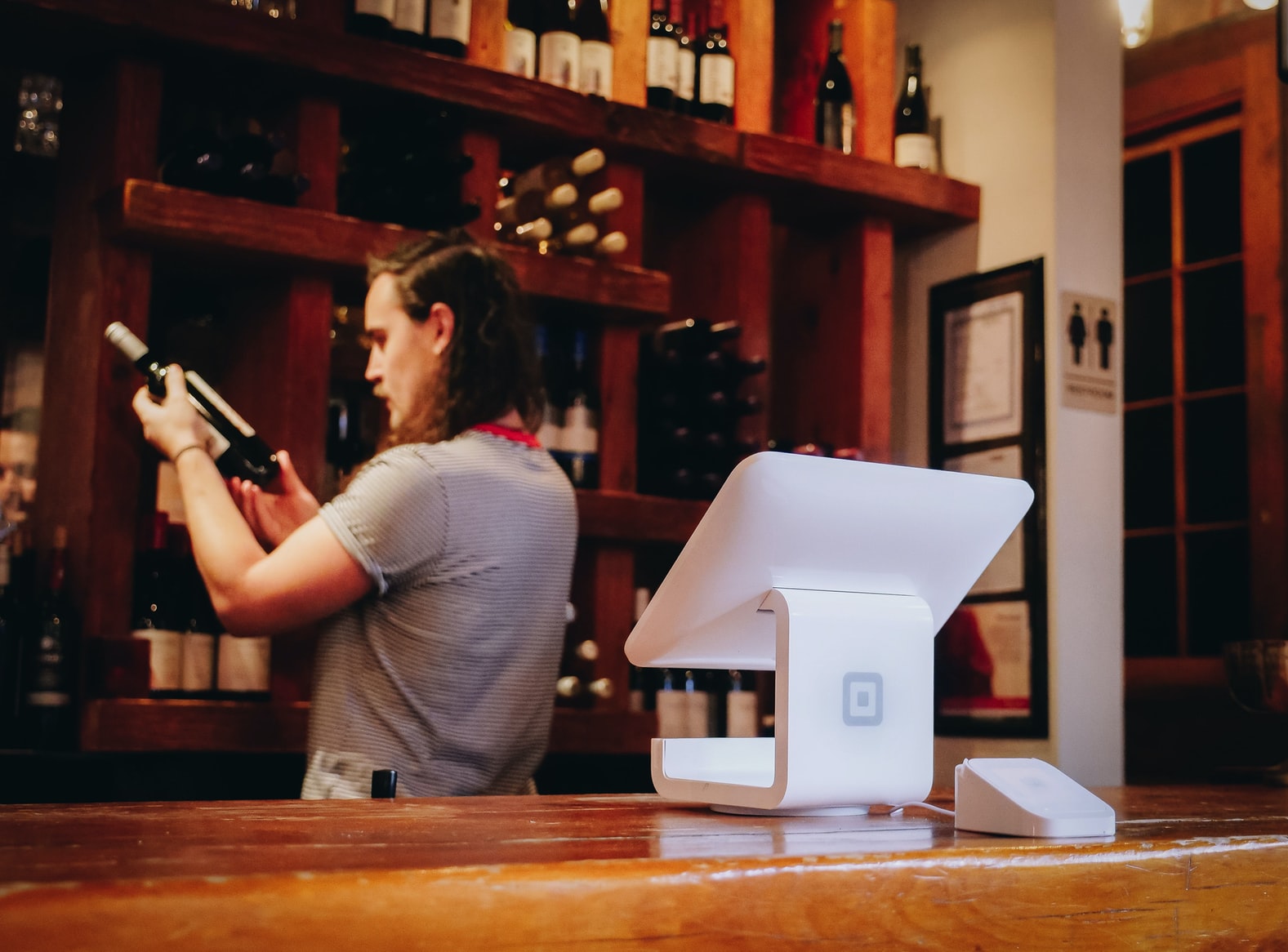
Repairs and Maintenance
This is one of the hardest categories to plan for as these expenses can take you by surprise – no one is expecting the new dishwasher to break down suddenly, but it can happen. If you don’t have enough cash on hand to cover those sudden emergency expenses, you can find yourself in a very tough position.
To avoid this, make sure you set aside some money each month to build up a fund that can cover repairs.
Maintenance expenses will generally be a bit more regular, so you’ll be able to get a feel for how much you need to put aside for those once you’ve been running your businesses for a little while.
Key Takeaways
Running a restaurant is a rewarding but expensive endeavor. If you want your new culinary business to succeed, you need to ensure that you understand all the expenses that you’ll incur and make sure all your bases are covered.
This guide should serve you well as a jumping off point. However, you’ll need to go further in depth with each of these categories to accurately estimate your costs.
JD enjoys teaching people how to use ZoomShift to save time spent on scheduling. He’s curious, likes learning new things everyday and playing the guitar (although it’s a work in progress).
